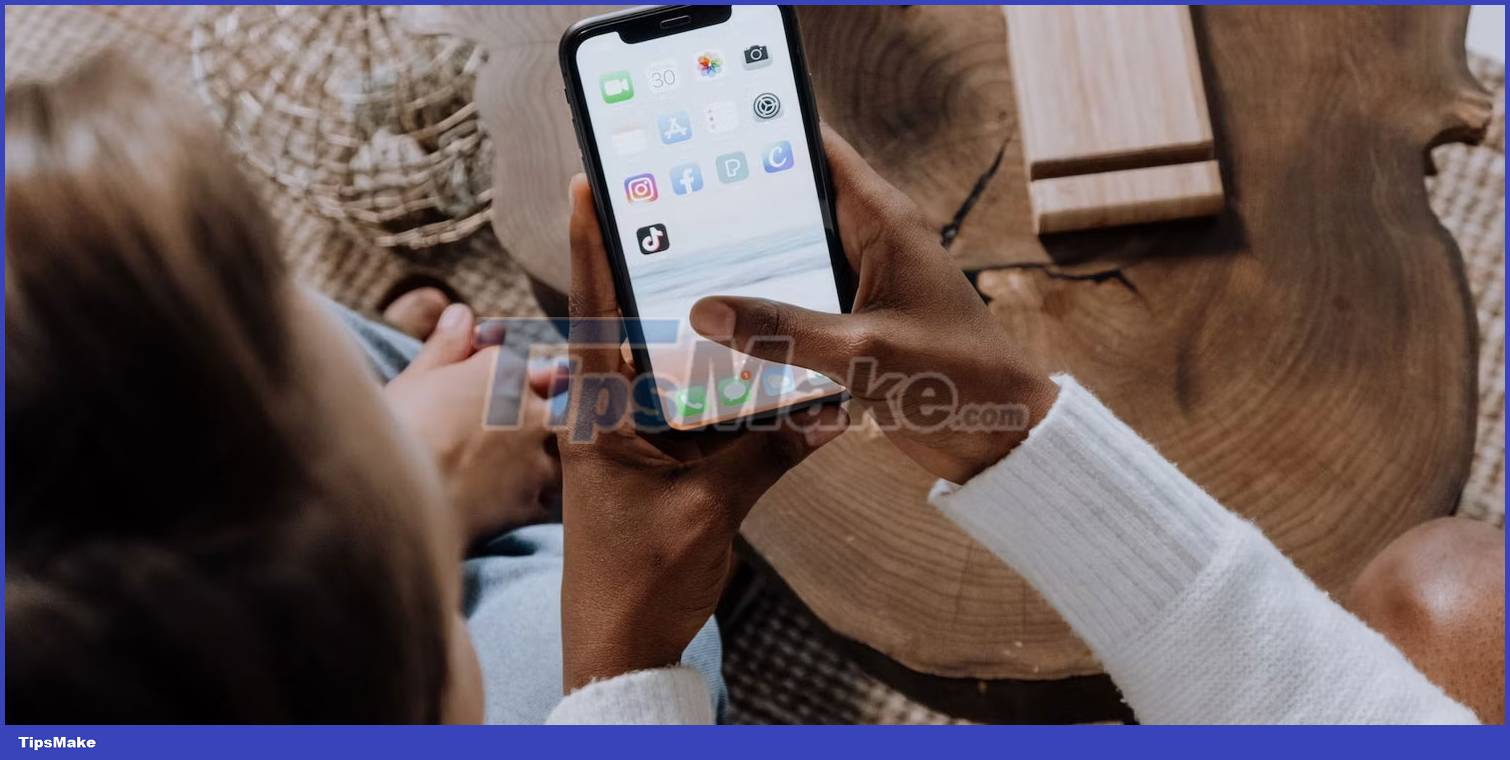10 principles of UI/UX design for mobile apps
As a result, ignoring the mobile view of your app reduces your app's chances of success, regardless of its functionality or intended use.
Therefore, you should pay attention to the factors that ensure optimal aesthetics and attract users. In this article, we will explore the most important mobile app UI/UX design principles for designing a successful mobile app.
1. Simple and eye-catching interface
Imagine walking into a room with lots of contrasting colors and flashy furniture. Chances are you'll immediately feel overwhelmed and leave the room. This describes any user reaction to an unnecessarily complex interface or design.
Simplicity is key to keeping your app as engaging as possible. Avoid using bold, clashing colors, gimmicky elements, or overly colorful icons and fonts. Instead, maintain a clean interface with simple yet attractive designs and strict adherence to design color theory.
2. Responsiveness

Users are more likely to interact with your app on mobile than on desktop. So always consider the appearance of the app on mobile devices and various screen sizes.
Optimize page content for small screens with more flexible layouts, relative font sizes, and scalable graphics while maintaining quality. Instead of fixed elements, use ones that can comfortably adjust to the size of any screen without negatively impacting the design.
3. Highly responsive and interactive
Feedback can be visual, like effects and animations, auditory or tactile in the case of tactile. An app with no feedback or interaction will be boring and significantly reduce user satisfaction and experience. However, incorporating them into your mobile UI design will lead to a successful user interaction with the app.
For example, loading bars are great options to give users detailed information about background processes or page loads. In addition, messages indicate errors or problems and help users to resolve them.
Whichever form of feedback you choose, make sure it's descriptive, engaging, and enhances clarity for users. Remember, response is an ancillary element, so it shouldn't overwhelm or distract from the main message of the page.
4. User-friendly navigation

No app is complete without a good navigation bar, but unfortunately this is one of the most flawed areas in most mobile UI designs. Navigation enables a great user experience and improves user interaction with the application.
User-friendly navigation should be simple, direct, and consistent across screens. It must be visible and distinguishable from the background, especially for hamburger menus. Do not use amateur color to improve its visibility; instead, maintain your page color combination.
The navigation bar should also be responsive and not look overwhelming on mobile screens. To do this, you can use some basic responsive web design principles.
5. Reasonable content hierarchy
When people skim through any page with information, they tend to grasp clear, bold text faster. This shows the importance of content hierarchy, as communication is one of the primary purposes of design.
A content hierarchy simply arranges the content or elements of a layout in the order of their importance. In other words, the most important text or feature should be bold and most visible.
Key content such as headers, banners, navigation, or headlines that communicate the app's overall purpose should be prioritized. This is followed by secondary content such as subheadings, specialized text, and finally supporting content such as footnotes or contact information.
Improper arrangement of these sections will inevitably confuse the user, resulting in a poor user experience.
6. Design for fast load times

There is nothing more frustrating than a slow loading page with features that take a while to render. While this can sometimes be attributed to a poor Internet connection, it can also be the result of large graphics and components.
To maintain engagement on your app, make sure you optimize your media and graphics files to reduce load times. Use modern image compression tools to reduce the size of your image and graphic files without affecting their quality.
Also, your use of web fonts as they may slow down your load time. Of course, creativity is important when designing, but remember to consider size and effect before incorporating any elements into your design.
7. Designed for one-handed use
Most people use their cell phones with one hand; therefore, your application must allow one-handed use to increase the user experience. Frequently used elements and controls such as forms, navigation bars, and search bars should be placed in an area accessible to the thumb. This will prevent the user from having to constantly switch handles to match your app layout.
Other tips for using the app with one hand include vertical scrolling, thumb-friendly element sizes, and floating action buttons. Depending on the purpose of the app, a floating action button gives users quick access to an important call to action.
8. Comply with mobile platform conventions

Whether you're designing for Android, iOS, or any other mobile operating system, always follow the platform's prescribed design principles and language. Examples include Material You for Android and Human Interface Guidelines (HIG) for iOS.
Doing this helps users become more familiar with your app and maintains its consistency with other tools on the platform. All apps have a unique style and so should yours, but avoid over-customizing the platform colors, icons, and styles.
9. Consistency and uniformity
Maintaining a consistent pattern in the application is important for user experience and interaction. Design elements like colors, typography or fonts, icons, and logo placement are right for all users – and a lack of uniformity quickly frustrates users.
Choose a color scheme for your app and make sure you maintain those colors across all screens. This also applies to other visual elements such as font size and style, icons, and logos.
Finally, element placement is also important, so maintain a consistent layout or order. To add harmony, you can use a grid system.
10. Experiment and create multiple versions

User testing (also called usability testing) is the process by which a user tests and interacts with an application to give feedback. This is important because it provides insight into the typical user's thoughts, needs, and weaknesses. On the other hand, creating multiple versions involves incorporating this feedback to improve the look and function of the app for a better experience.
These processes help you refine your design to make your mobile app more user-friendly and increase your chances of success.
You should read it
- 9 principles of slide design in PowerPoint
- Apex Launcher updated with new Material Design design
- Google focuses on innovating mobile and web-based applications
- Microsoft suddenly released an update for Windows 10 Mobile Phone application
- 6 leading website design companies in Vietnam
- How to Become a UI Designer
 How to write mathematical notation in Obsidian
How to write mathematical notation in Obsidian How to create a jumping mechanism in Godot
How to create a jumping mechanism in Godot How to Add Randomly Moving Objects Using Python's Arcade Library
How to Add Randomly Moving Objects Using Python's Arcade Library What is LangChain LLM? Everything you need to know
What is LangChain LLM? Everything you need to know How to detect clicks outside a React component using a custom hook
How to detect clicks outside a React component using a custom hook